History
The history of this world differs from ours in many ways but two events are the main causes for these changes. The first is the discovery of the American continent by the Carthaginians. This caused them to start building settlements there and thus creating a link between the two landmasses much earlier than in our history.
The other event is that Alexander the Great did not die at a rather young age. A poison attempt was made by Carthago when Alexander was at the age of his death in our world. Since he did not die, his conquests continued which included capturing the homelands of Carthago and expanding his reach in India. As he was able to protect his legacy and succession he managed to ensure that his empire would remain stable for far longer.
Discovery of the New World
The Carthaginians discovered the western continent by accident. While sailing along the coast of West-Africa a trade ship was blown off course and accidently ended up in current day Brasil. When the ship returned several more expeditions were undertaken after which the first settlements would be founded. As they saw the rainforest as a quite hostile environment with not much trade benefits they mainly settled around tha caribbean where they could trade with people such as the Mayas.
When Alexander the Great conquered their homeland many fled to the settlements on the new continent. Communications and trade with the original lands were then ended out of fear that Alexander would attempt to sail to them otherwise. Soon the discovery of this new land was seen as a myth by the Greeks allowing the Carthaginian to expand their new territories in peace.
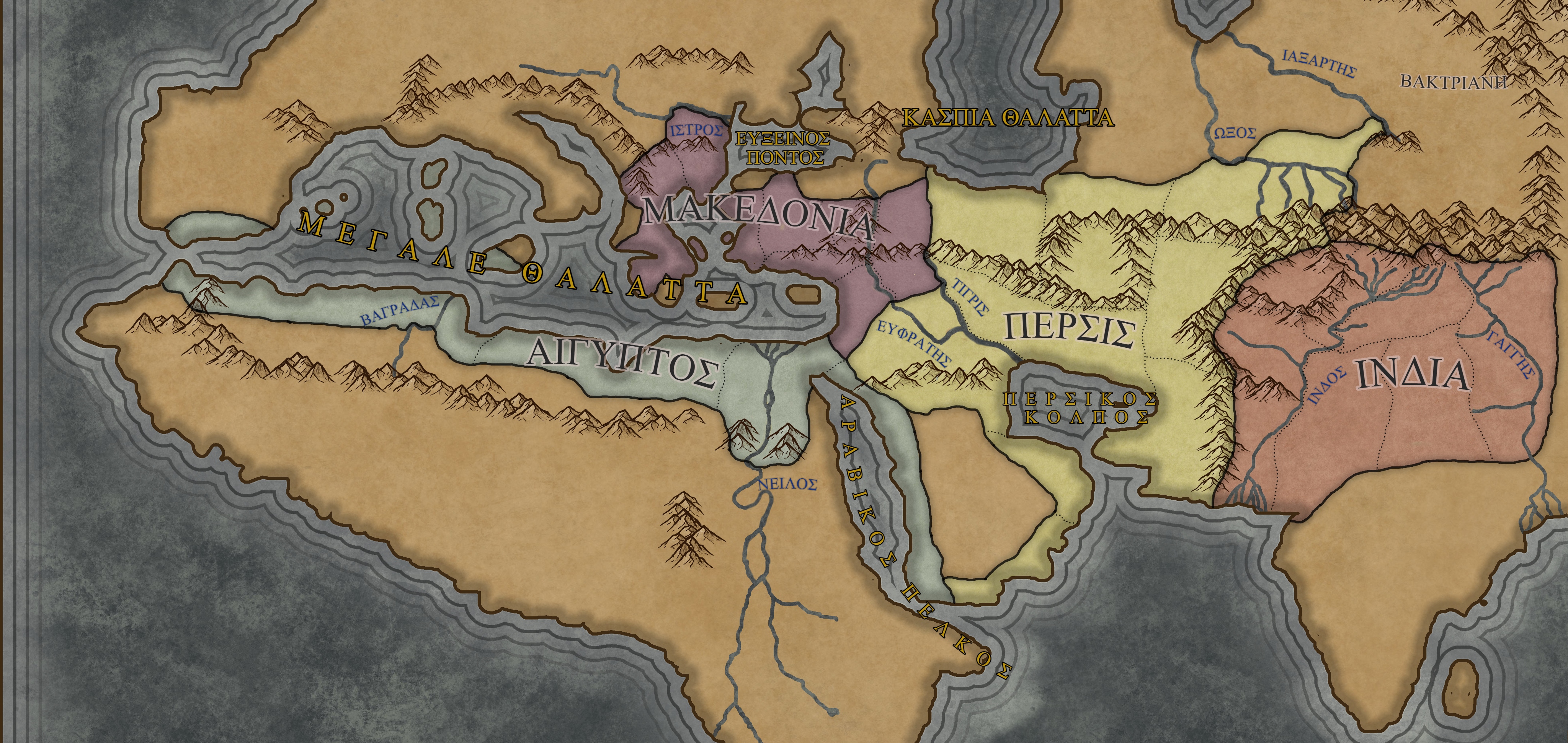
Megas Satrapes division by kefkejaco with Inkarnate
Alexander's Conquests
When Alexander the Great (
Alexandros III) returned to Babylon after his conquest of the Indus region, an assassination attempt was made. It was soon discovered that the Carthaginian were responsible after which Alexander decided to retaliate. Alexander marched his armies west and laid claim to Carthago, forcing many in the western settlements to flee to the new world. After hearing that the Carthaginians had sailed far past the Pillar of Herakles (Strait of Gibraltar) and discovered new lands, he decided to continue his conquests in that direction. But Alexander was forced to return when Chandragupta Maurya started advancing on his new territories in India.
Alexander fought a long and hard war against Chandragupta but eventually emerged victorious, claiming India up to the Ganges in the process. However, Alexander was badly wounded during the last battle and was forced to return to recover, leaving the lands east of India unconquered. During his time of recovery he implemented many reforms in order to stabilise his empire. One of the largest changes was the division into four main administrative regions.
More of the history can be seen at:
Roman and Greek History
Rome
Because there was a strong Macedonian Empire along its eastern borders, Rome was forced to expand in other directions. After securing its position an the Italian peninsula, Rome sought to maintain good relationships with the western Greek city states. This eventually led to Rome getting involved in a war with the Egyptian satrap when the city states tried to break free. Rome managed to secure the freedom of the city states and added Corsica and Sardinia to its territories. With this succes, Rome made it clear it was a force to be reckoned with.
Over the years Rome would frequently get involved in the civil wars of the Macedonian Empire or the attempted conquests of the Egyptian satrap. Between these conquest Rome would steadily increase its influence as it claimed Hispania, Gallia and eventually Brittania and West-Africa. After reaching the Fortunatae Insulae (Canary Islands) Rome established contact with the Carthaginians once more and became intrigued by the lands to the west. Eventually Rome also reached these new lands and named them Terra Occidentalis (Western Land).
Unlike the Carthaginian the Romans decided to found settlements in the more southern regions and they have already completed many expeditions in the region. After a period of many internal conflicts, Rome is once again looking for new lands to conquer and the western world is the perfect target.
More of the history can be seen at:
Roman and Greek History
State of the world
Although that most scholars in the world know that the earth is round, many still use incorrect measurements for the circumference of the world. This has led to the Romans adopting a somewhat incorrect worldview in which China is directly linked to America. The Native Americans, for example, are therefore referred to as the Sinae Tumulus people by the Romans. For more details on this worldview the article below is a good starting point.
Romans
Rome controls most of western Europe after a long history of conquests. Their expansions in the latest century are, however, the most significant as the conquered Brittania, Germania and West-Africa during this period. They even claimed parts of the coastline in the Terra Occidentalis and have set their minds on expanding there even further.
To further their expansion in the new world the Romans created the
Cohors Exploratorius which is tasked to explore inland. Another task of them is to find ideal places for new settlements of which the
Colonia Australis is the latest.
Germani
During the Roman Suevus campaign many Germanic tribes vanquinshed. Only those tribes past the Suevus river and in northern Scandia remain free. Especially the Gothones remain a thorn in the side of the Romans which makes some believe that Rome will eventually try to move past the Suevus as well.
On their eastern border the Germanic tribes have to deal with the expanding Sarmatians who have steadily been taking territories orginally belonging to the Scythians. Their relations with the Aestii on the other hand are currently still favorable which could lead to them becoming allies if the need arises.
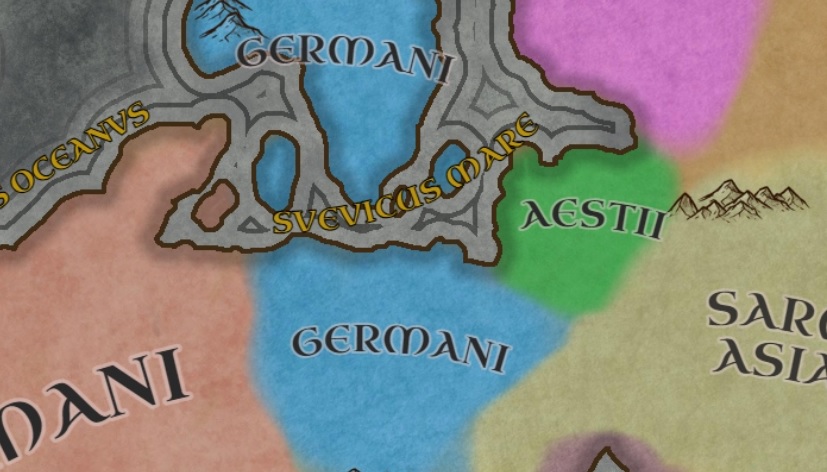
by kefkejaco with Inkarnate
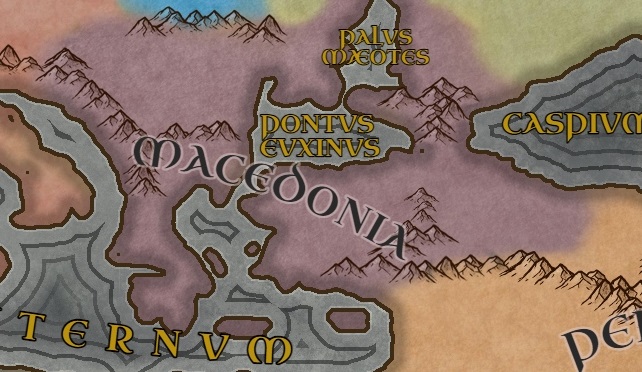
by kefkejaco with Inkarnate
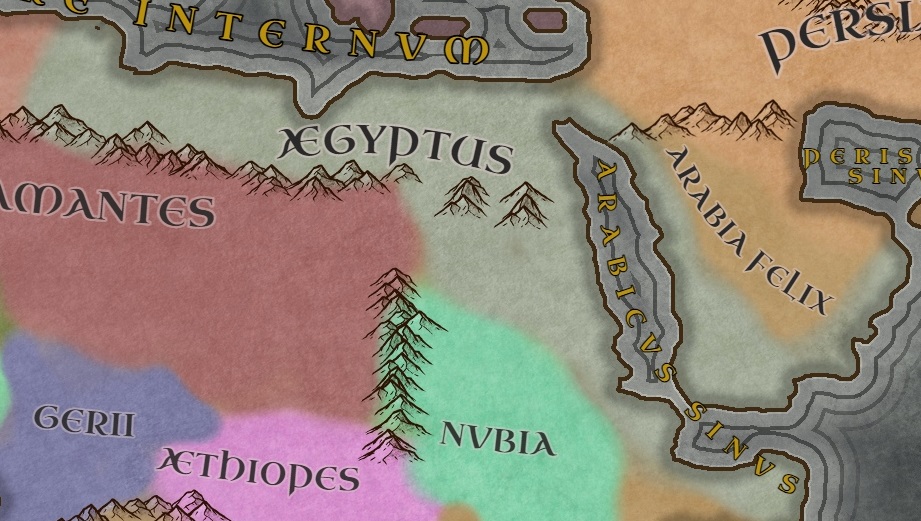
by kefkejaco with Inkarnate
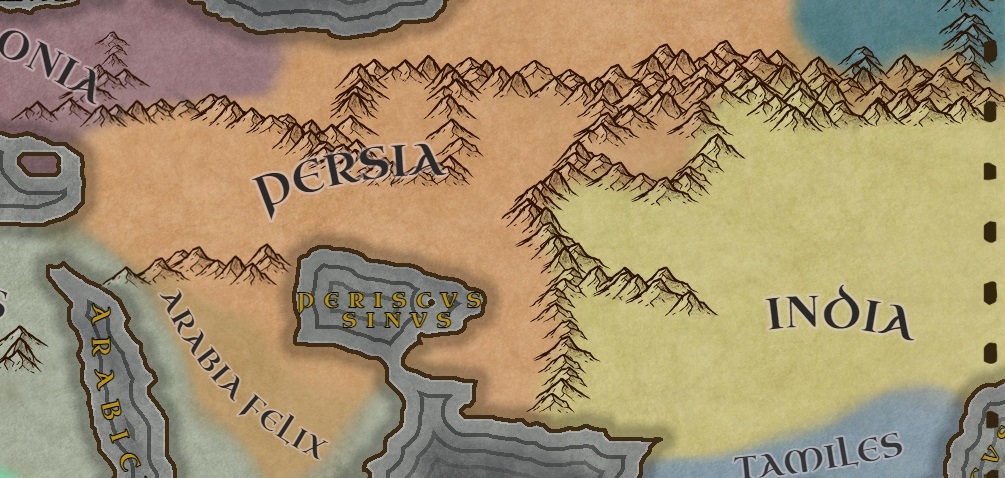
by kefkejaco with midjourney
Greek Nations
Macedonia
Macedonia has lost some of its territories since the final split of the Macedonian Empire during wars with Persia. It does, however, remain a strong presence in the region as it controls the entire Pontus Euxinus, Asia Minor and the lands north of Greece. Historically the region has quite frequently allied itself with Rome. In the current era this is no different as the two nations defend eacother against both Egypt and the Germanic tribes to the north.
Due to the fast growth of the Roman territories the power balance as shifted in favour of Rome. Macedonia hopes it can maintain its independence if Rome's power keeps growing.
Egypt
Even before the split of the Macedonian Empire the region of Egypt was ruled by the descendants of Ptolemaios I. They have proven themselves quite capable of maintaining control over the original Egyptian population. This is mainly because they adopted a more hybrid culture and religion. In addition to that the city of Alexandria has grown to be one of the largest in the world due to its perfect position for trade.
However, they quite often made some mistakes during their wars which left them often on the losing side of conflicts. Their nemesis, Rome has managed to maintain control of the lands west of Alexandria Karchedon (Carthago) despite their efforts to reclaim it. In current times they have chosen a different path. Instead of trying to reclaim lost territories they have set out to conquer new ones in the south.
Persia
The Macedonian successor nation of Persia has managed to become quite successful during the last century. It expanded and consolidated its borders near the Caspium Mare and managed to conquer some coastal areas from Macedonia. Thanks to its access to two seas Persia is in a great position for the trade between the west and India.
In contrast to Macedonia itself, Persia is still ruled by a descendant of Alexander the Great. Because of this the Persia feels like it is the destined to reforge the Macedonian Empire.
India
Just like Persia, India is controlled by one of the descendants of Alexander the Great. However, the nation gained its independence much earlier. The first Macedonian civil war resulted in the true heir of the Macedonian Empire ending up in control of India. While the rest of the Macedonian Empire continued on the same path, the new ruler of India sought to make many new reforms.
Currently the country has become a mix of both Greek and Indian culture. In addition to that the main religion of the region has become
Graeco-Buddhism, of which the spread was aided by the converted royal family.
Although most of the Indian peninsula is under Macedonian control, the southern part of India remains independent. The Tamil Kings, who live in this area, control both the southern tip and the island of Taprobane. Thus far they were able to remain free but it seems the new king is set on conquering their lands.
Carthaginians
The Carthaginians have made their home along the coastlines of the Carthagicus Oceanus (Caribbean and Gulf of Mexico). The Romans don't yet have accurate maps of the region yet and have therefore made some incorrect assumptions about the sea and the size of the islands.
The Carthaginians control many of the islands of what is considered the Caribbean in our world with Kubana and Ayti being their main strongholds. Further to the west they have also built settlements along the coast of the Gulf of Mexico and the landbridge between North and South America.
When it comes to trade the Mayab people are the main partners of the Carthaginians. Thanks to the coastal settlements along the Mayab peninsula trade has flourished between the two populations. Some of the people of Mayab have even migrated to these new settlements which after some centuries has created a bit of a mixed culture with the Carthaginians taking over many cuisine habits.
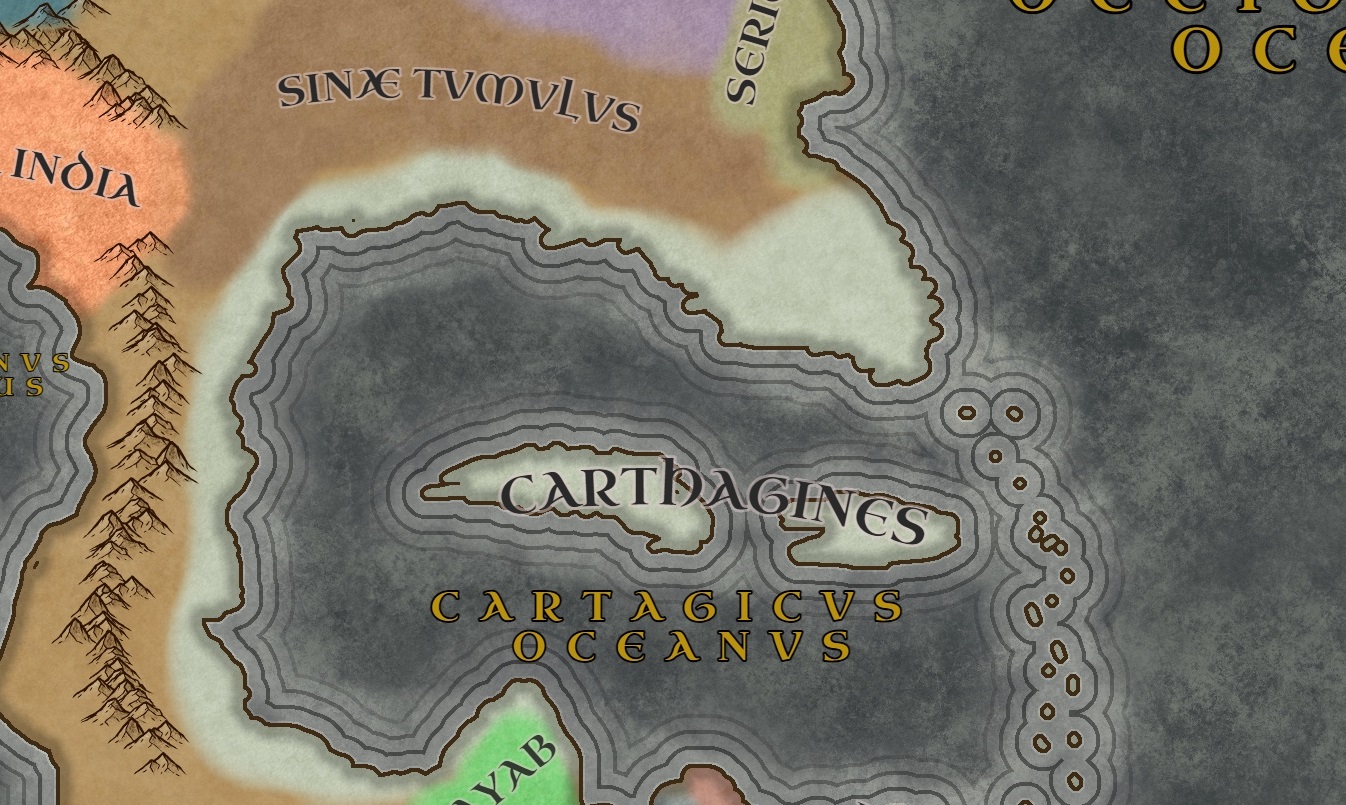
by kefkejaco with inkarnate
Terra Occidentalis
Ava
The Ava are the people the Romans had the most contact with. Their name is derived from their own word for man 'Aba'. Despite the Romans seeing them as one group they have in reality multiple cultures. Along the Roman settled coastlines there are actually the proto Tupi and Ge cultures. More to the west near the landbridge there is even an entire different people known as the Lokono. The Lokono coastlines are, however, settled by the Carthaginians which is why the Romans didn't undertake any expeditions there.
Mayab
The people of the Mayab peninsula are among the most influential in the region and many of their cities have been around before the arrival of the Carthaginians. Currently the more inland city of Tikal has become a major center of the Maya culture with large terrace style temples and a significant population. Partially due to their trade with the Carthaginians at the coast they have gained access to new resource from further away in the Terra Occidentalis. Their beneficial relations with Carthago has made them into a reliable ally in the region.
Sinae Tumulus
The people of Sinae Tumulus are in reality not related to those of Sinae Extra India at all. Their name is based on the idea of the Romans that the Sinae/Serica region (China / Indochina) is linked to the Terra Occidentalis, disregarding the vast ocean that is between them.
Nonetheless the tumulus part of their name is still chosen for a valid reason. Although the Roman traders don't visit the region very often they do now of the architecture of the people living there. The people of the region constructed large earthen mounds with flat tops to host their most important buildings which is why the Romans gave them this name.
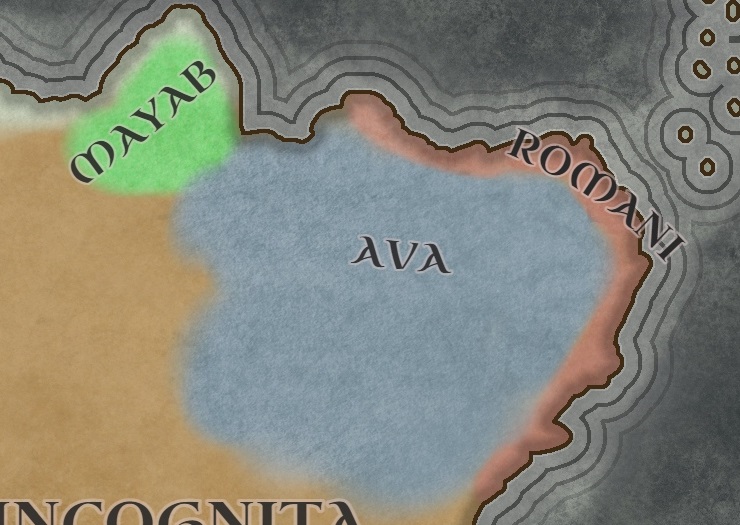
by kefkejaco with Inkarnate
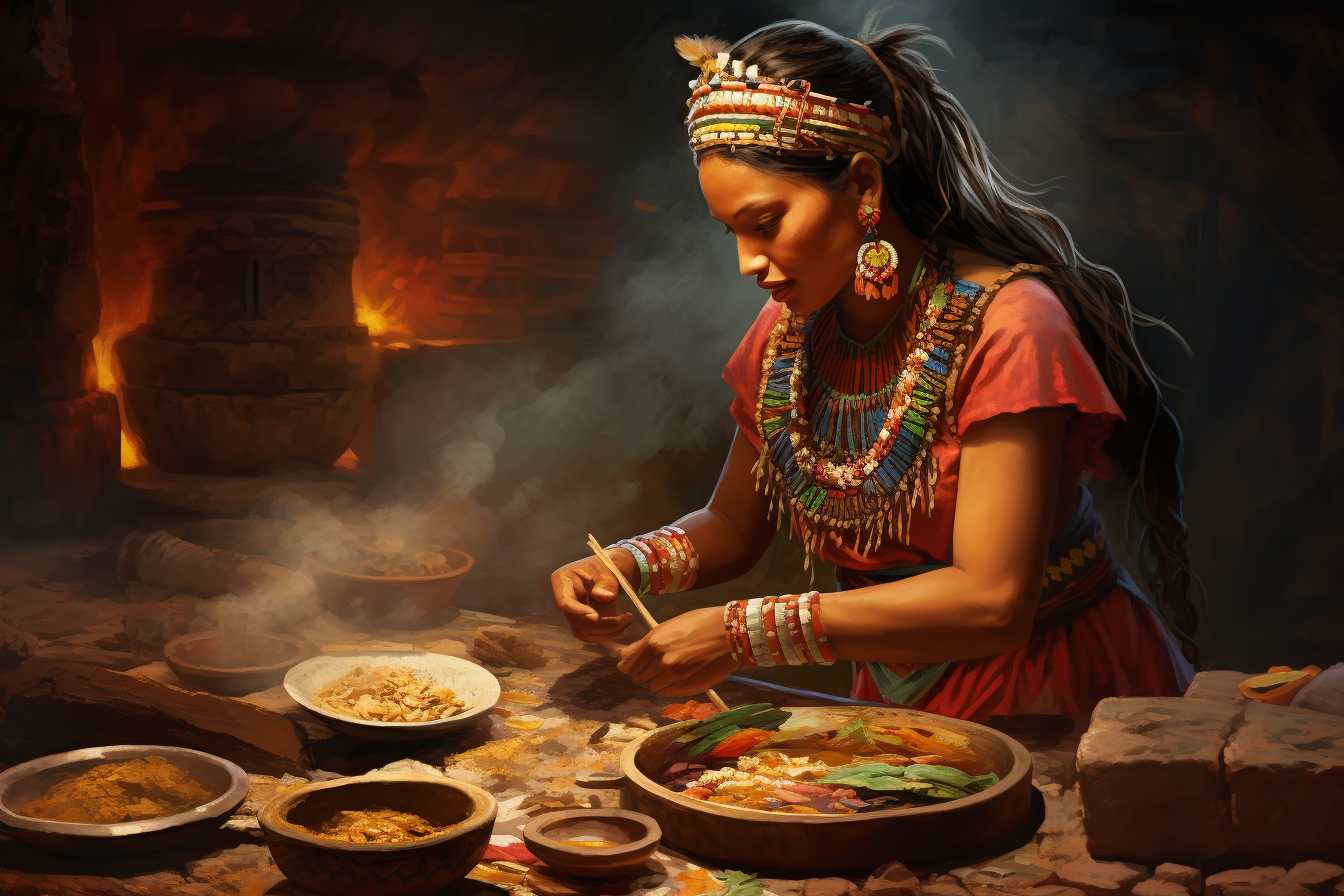
by kefkejaco with midjourney
Africa
For a long time it was assumed the Garamantes people formed the most southern edge of the continent of Africa. When the Romans expanded along Africa's western coastline they discovered many new people and that the continent goes much further down than anticipated. One of the larger groups living in West-Africa are the Mandes people (
Mande) who are currently at peace with Rome.
Past the Roman controlled coastlines there are the
Kuani and the
Gerii. The latter control the region around the large
Gerus river mouth after which they are named.
Further to the south east there are the
Aethiopes which is the name the Romans mainly used for all people living south of the Sahara. The real Aethiopes, however, live more to the east. After many conquest by Egypt the Nubians themselves were forced to migrate further where they still maintain some lands to this day.
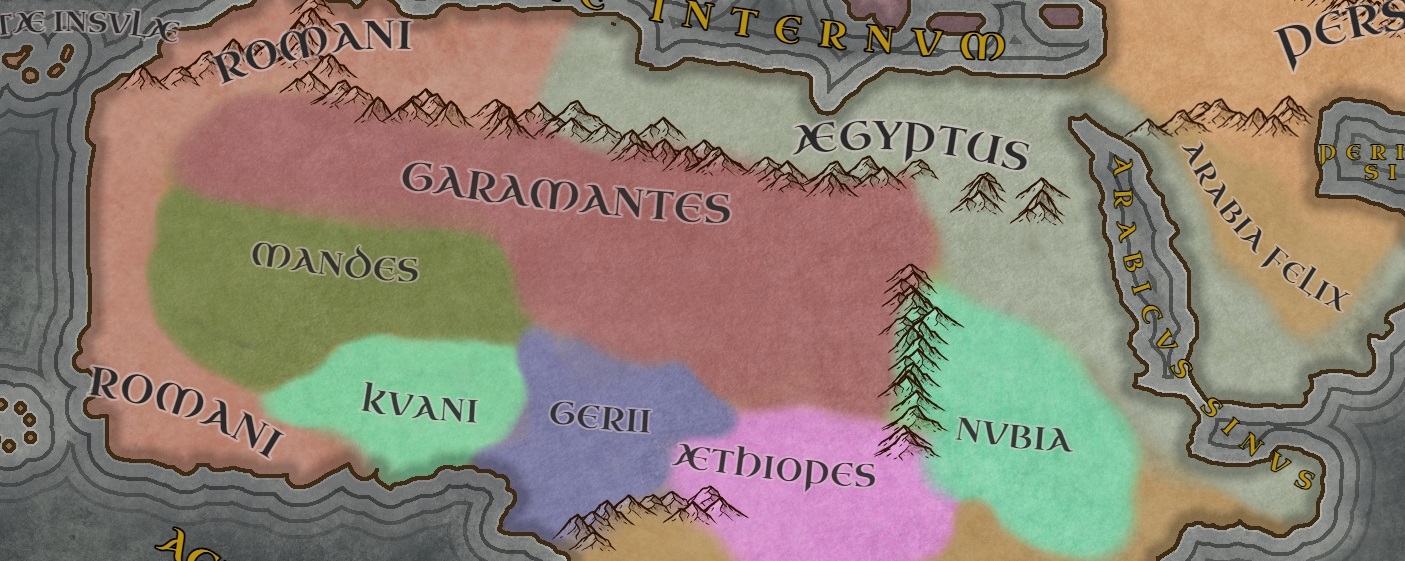
by kefkejaco with Inkarnate

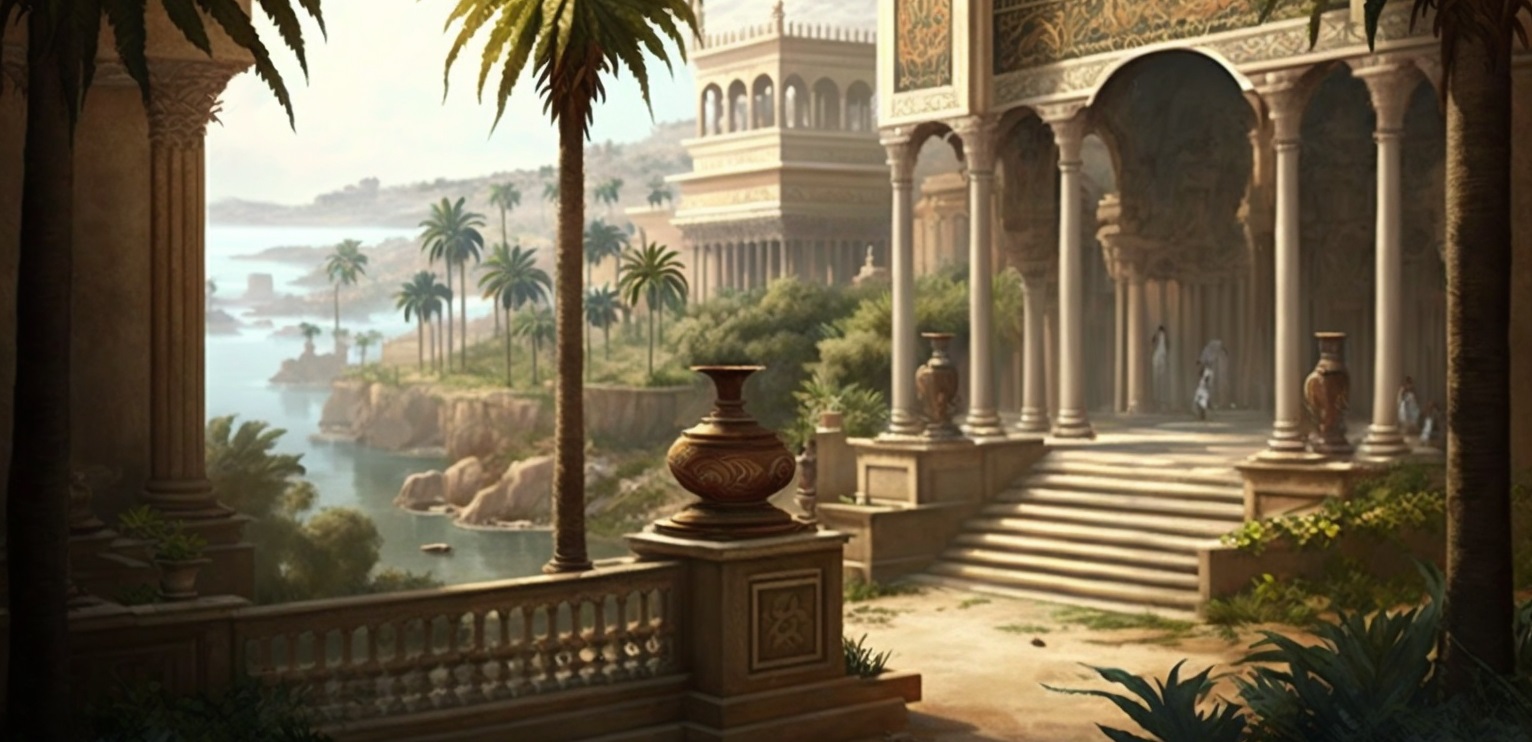











I love that you have picked two big changes to our history and built this whole world off them. This was an interesting read.
Explore Etrea | March of 31 Tales